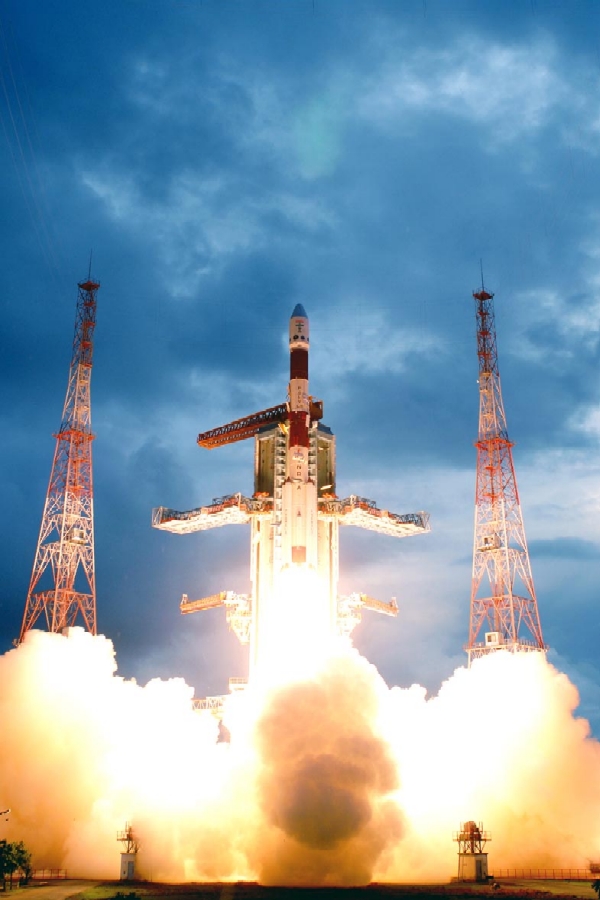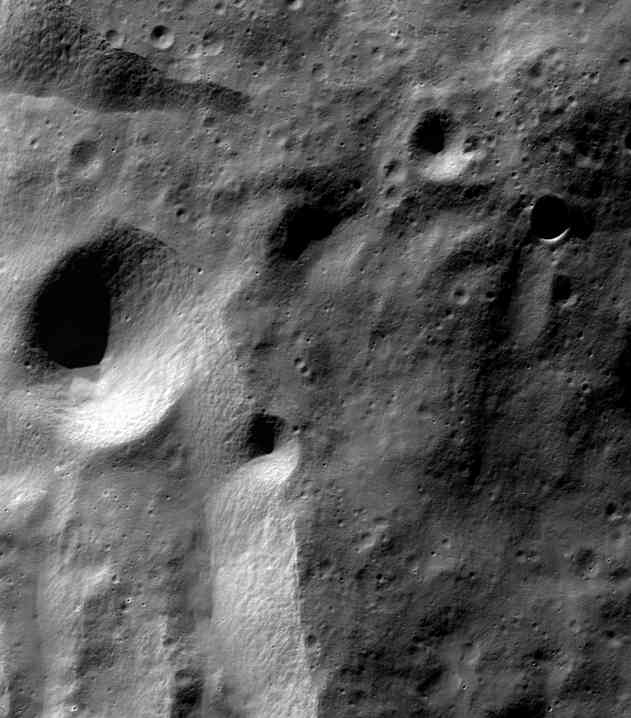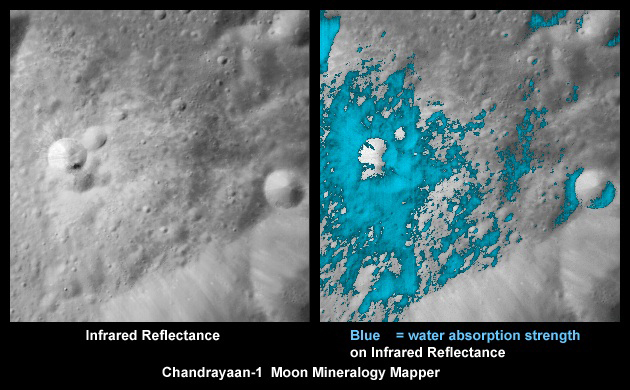Chandrayaan-I, India’s First Mission to the Moon. Let’s explore the mission in detail.
| Launch Mass: | 1380 kg |
| Mission Life: | 2 years |
| Power: | 700 W |
| Launch Vehicle: | PSLV-C11 |
| Organisation: | ISRO |
| Type of Satellite: | Science & Exploration |

The Moon, our adjacent celestial neighbor, has aroused curiosity much more than any other object in the visible sky. Moon has been revered as a deity in different mythologies, called Chandra / Soma in the Indian subcontinent, Luna in Roman, Selene in Greek, and Change in Chinese civilization. The Moon has the primordial history of the solar system etched on it, tempting mankind from the earliest ages to discover its secrets and admire the marvels incumbent. Understanding the Moon provides a pathway to unravel the early scheme of the solar system & earth, in particular.
With such significance, boosted by the scientific morale of our nation, the thought of an Indian mission to the Moon was initially put out in a meeting of the IAS [Indian Academy of Sciences] in the year 1999 and successively in the ASI Summit [Astronautical Society of India] in 2000. A National Lunar Mission Taskbody was created by ISRO with potential personnel, all across the country for considering and making an assessment of the possible configuration and feasibility of slotting an Indian Mission to the Moon. Following the positive proceedings over the years, the mission was officially approved by the government in 2003 and was aptly named “Chandrayaan-I”

Chandrayaan-1 was launched on 22nd October 2008 on PSLV XL, a variation of the ISRO’s Primary Workhorse – Polar Synchronous Launch Vehicle [PSLV]. The rocket was embedded into a circular lunar pole phase on 8th November and was set in the ideal 100km circle by 12th November. The Chandrayaan-1 mission effectively worked until 28th August 2009, until Telemetry communication failed and prompted the loss of contact, which led to the mission being closed on 30th August. Chandrayaan-1 initiated the pathway of India’s planetary investigation program started by the Indian Space Research Organization (ISRO).
Mission Overview
The primary objectives of the Chandrayaan-1 mission are coetaneous chemical, mineralogical, and topographic mapping of the lunar surface at high spatial resolution. This data was aimed to enable us to know the compositional variation of major elements, which successively, would result in a far better understanding of the stratigraphic relationships between various litho units occurring on the lunar surface.

The major element distribution was structured to be determined using an X-ray Fluorescence Spectrometer, sensitive within the energy range of 1–10 keV where Mg, Al, Si, Ca, and Fe give their Kα lines. A solar X-ray monitor to quantify the energy spectrum of solar X-rays, which are accountable for the fluorescent X-rays, is included. Radioactive elements like Th are measured by its 238.6 keV line employing a low energy gamma-ray spectrometer operating within the 20–250 keV region.
The elemental composition was to be studied by a hyper-spectral imaging spectrometer, with a potential window of the 400–920 nm wavelength range. The wavelength range is further extended to 2600 nm where some spectral features of the abundant lunar minerals and water occur, by a near-infrared spectrometer, identical to that used on the Smart-1 mission, which was in collaboration with the ESA [European Space Agency].
A terrain mapping camera within the panchromatic band provided a three-dimensional map of the lunar surface with a spatial resolution of about 5 m. Aided by a laser altimeter to sense the altitude of the lunar craft, to correct for spatial coverage by various instruments, TMC enabled us to iterate an elevation map with an accuracy of about 10 m. Excluding the scientific payloads, certain technology experiments had been included, primarily an impactor that was released to land on the Moon during the mission. The cluster of instruments potentially facilitated achieving the intended mission goals.
PAYLOADS

RESULTS - Evidence for the presence of water on the Moon
Chandrayaan-1 data envisioned evidence for the presence of water within the exosphere of the Moon, on the surface of the Moon, and also sub-surface (tens of meters deep). Within the thin atmosphere of the Moon, the spectrometer experiment (CHACE on Moon Impact Probe) showed evidence for water even within its limited operational time, because the Moon Impact Probe was deployed on its destructive, ballistic profile to the south polar region. The Polar region of the moon is assumed to host volatiles like water.
Water was predicted from its primitive origin (~3-4 billion years ago) which remained preserved, on accounts of the unique geometry of solar illumination which prevents direct sunlight from entering craters in polar regions. Water and other volatiles also are expected to be enhanced at the polar region from migration from lower latitudes.

A sample of primitive water would be key towards addressing the origin of water on the Moon & Earth and will have more to emphasize the story of water in the solar system. As we enter an extraterrestrial phase of exploration of space and the solar system, the Moon could form the base for fuel and oxygen and other critical raw materials. If the Moon may be considered a pit-stop for resources including space transportation, water could be more cost-effective as many studies have shown.

The follow-up mission, Chandrayaan-2, began its operations in wake of 2019, with an orbiter that is equipped with a wider range spectrometer, refining upto 5 microns to yield the potential water signature. The globular map from this experiment is predicted to yield the firmest conclusions on the distribution of water on the Moon’s surface. The bi-frequency SAR experiment on Chandrayaan-2 will further refine sensitivity to subsurface water. Coupled with a spectrometer that would study the exosphere for a much longer timeframe, Chandrayaan-2 truly incorporates a unique opportunity to produce major findings on the important subject of water on the Moon.
CONCLUSION
The Chandrayaan-1 mission has contributed sumptuously to our understanding of the moon and birthed a great dataset that will be very potent for planetary scientists in the past as well as in the upcoming years too.
Credits – ISRO
* The information provided herein is, to the best of our knowledge and is only for informative purpose. If you have a news update or correction, let us know at -info@garudauniverse.com




